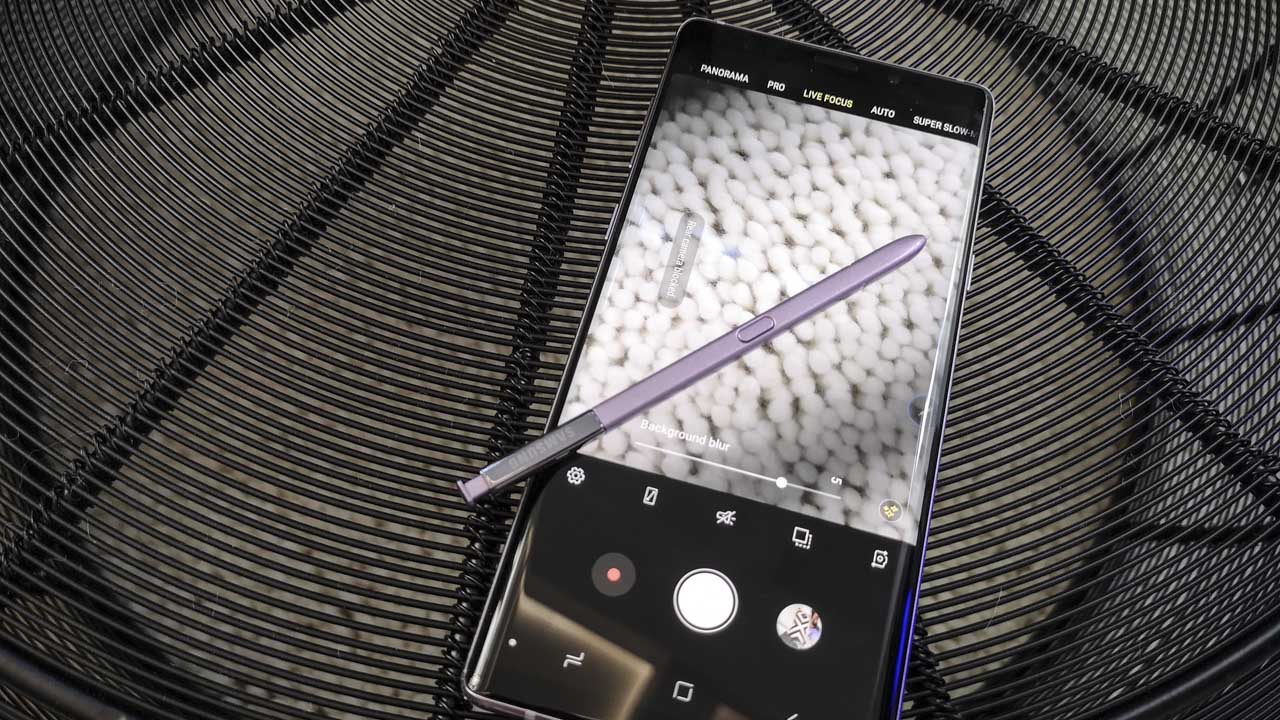Snap Verdict
The Samsung Galaxy Note 9 is a great choice for those who want a smartphone which performs well for photography, especially if you’re a fan of Samsung already. It’s not the cheapest on the market, but it’s a very impressive device.
Pros: Stylus pen, expandable memory, manual control and raw format shooting, well-featured native camera app
Cons: Expensive, arguably large and unwieldy, Live Focus shows mixed results
What is the Samsung Galaxy Note 9?
Samsung’s newest flagship model, the Note 9, brings across many of the excellent camera features of the Samsung S9+, while adding some interesting new functionality.
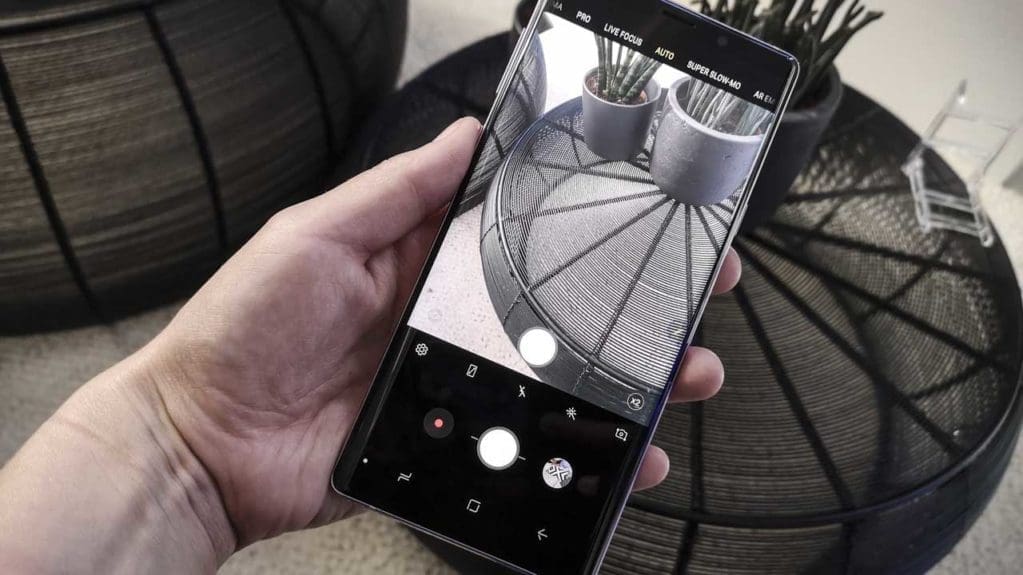
As with the S9+, the Note 9 features a dual-camera set-up, one of which has variable aperture control (f/1.5-f/2.8). Both of the lenses have 12 megapixel sensors behind them, with the second lens offering a 2x optical zoom (52mm equivalent).
One of the most interesting new features is enhanced “S Pen” functionality. This integrated stylus can now be used to remotely trigger the shutter release. Other useful new features include “flaw detection” and “scene optimiser” to automatically apply the most appropriate settings for the scene.
Photographers may also find the extra-long battery life (4,000 mAh), up to 512GB internal memory + a micro SD card slot and the ability to capture raw format images appealing.
For this review, we were kindly loaned by the Samsung Galaxy Note 9 by Vodafone, which offers the device on a variety of different contract options. Purchasing the phone outright will set you back £899.99 for the 128GB version, or £1,099.99 for the 512GB version.
Build and Handling
With its 6.4-inch Super AMOLED screen, the Note 9 is not a phone you should be considering if you value your pocket space. All that extra screen space is great for looking at photos and videos though, including when composing them.
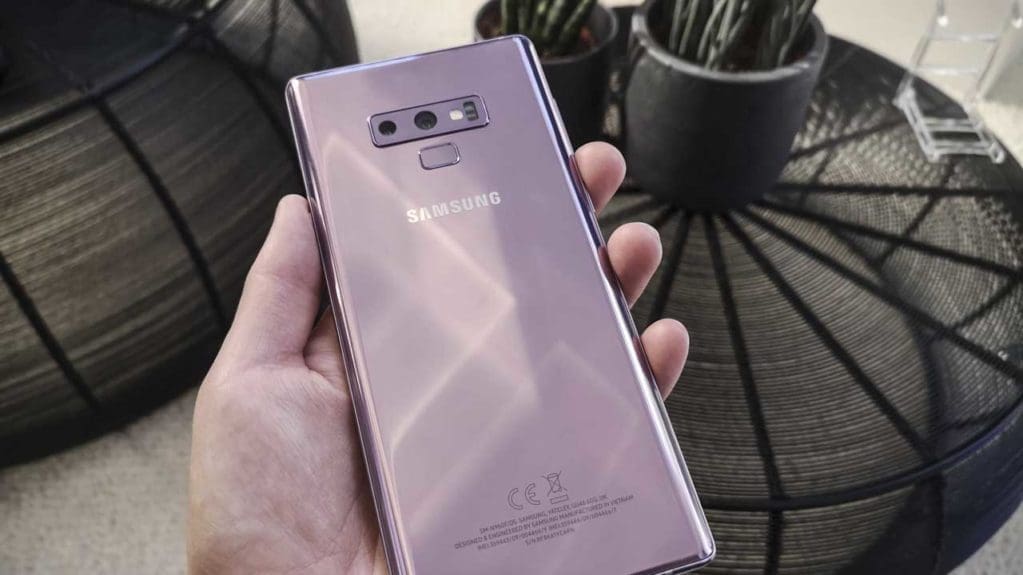
I’ve used several Galaxy phones recently, and I always find the native camera app to be extremely well-featured. If you’re an enthusiast, the amount of control you are given with a phone like the Note 9 is very appealing. Along with the default “Auto” mode, there is a “Pro” mode which gives you control over certain key settings, such as ISO, white balance or shutter speed. You can also change the aperture – and unlike most other phones on the market – this is a real, physical change, rather than something which is performed in software. You can choose between a wide aperture of f/1.5 in darker conditions, or close down to f/2.8 in brighter ones.
One thing I noticed when I was using the Galaxy S9 and S9+ was how easy it was to accidentally switch between the different camera shooting modes. All you need to do is swipe left and right to change modes, or swipe up and down to switch between the front and rear cameras – very easy, but also easy to make mistakes.
This seems to be slightly less of an issue with the Note 9 – it’s hard to say if this is just because I’ve got used to the phone, but either way I found myself accidentally changing modes far less often than with the S9 or S9+.
The new functionality of the S Pen is very useful. Not only is it great for group shots and selfies but I can imagine it being very useful if you shoot with a tripod for night shots, wildlife, long exposures and so on. You can use the button on the side of the S Pen to take a shot, while you can also perform other tasks, such as recording video, or switching between front and rear cameras.
If you remove the S Pen and forget to put it back, then a warning will be shown on the screen – this should hopefully mean it’s difficult to lose.
Another of its most intriguing features is the “flaw detection” option. This can be switched on from the settings menu and alerts you should it detect a problem, such as closed eyes, or motion blur.
I’ve been trying to deliberately prompt the Note 9 to show the warnings – obviously taking a bad photo is not something I’m normally guilty of… but it works very well in obvious situations, such as if you move the camera while taking the shot. If anything, I’d like to see the warning a little bigger though, as it’s fairly easy to miss if you’re not paying close attention.
Another new feature for this phone is Scene Optimiser. Here, the phone detects up to 20 different scene types – something we’ve seen before in phones like the Huawei P20 Pro or Huawei Mate 20 Pro.
It’s not quite as clear-cut as the P20 Pro, instead displaying a small icon that represents the scene – such as a flower or a dog. It’s not usually immediately obvious how settings are changed to match the situation, either.
Performance
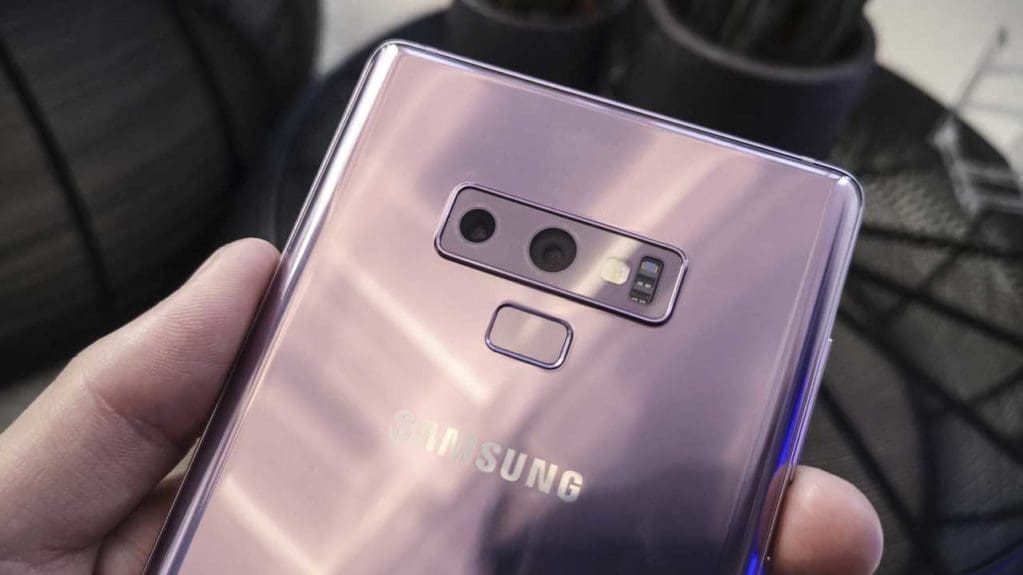
Considering the Note 9 uses the same specs as last year’s very impressive S9+, I had every faith that it would be an equally strong performer in terms of the camera. Both of the lenses perform very well, with a 2x zoom lens being very useful for getting you closer to the action when necessary. There’s also a digital zoom, but I would avoid using that unless you’re absolutely desperate, as the loss of detail when using it is very noticeable.
Directly from the phone, colours are nicely saturated, showing a little more realism when compared with the Huawei P20 Pro or Huawei Mate 20 Pro.
Details are also very good, with the overall impression being fantastic at a variety of ISO speeds. If you examine very closely, it’s possible to see some smoothing, particularly when shooting at high ISOs, but for social media and the like, results are more than acceptable. The good news is that as the Note 9 has variable aperture lenses, hopefully you shouldn’t need to engage super high ISOs all too often.
For those occasions when low light / high ISO shooting can’t be helped, the Note 9 puts in a pretty good performance – though with its innovative Night Mode, the Huawei P20 Pro (and the newer Mate 20 Pro) definitely has the advantage.
Focusing speeds are quick, with accurate results. You can leave the Note 9 to pick the relevant subject to focus on if you prefer, or take control by tapping a relevant area. Most of the time, the phone gets it right by itself.
Live Focus is a mode which allows you to create shallow depth of field effects. It works well when the subject is clearly defined and easy to separate from the background, but for fussier subjects the results are a little more mixed. Still, when you get good results they are fairly natural and realistic.
Sample Photos
Below are a selection of sample photos shot with the Samsung Galaxy Note 9…
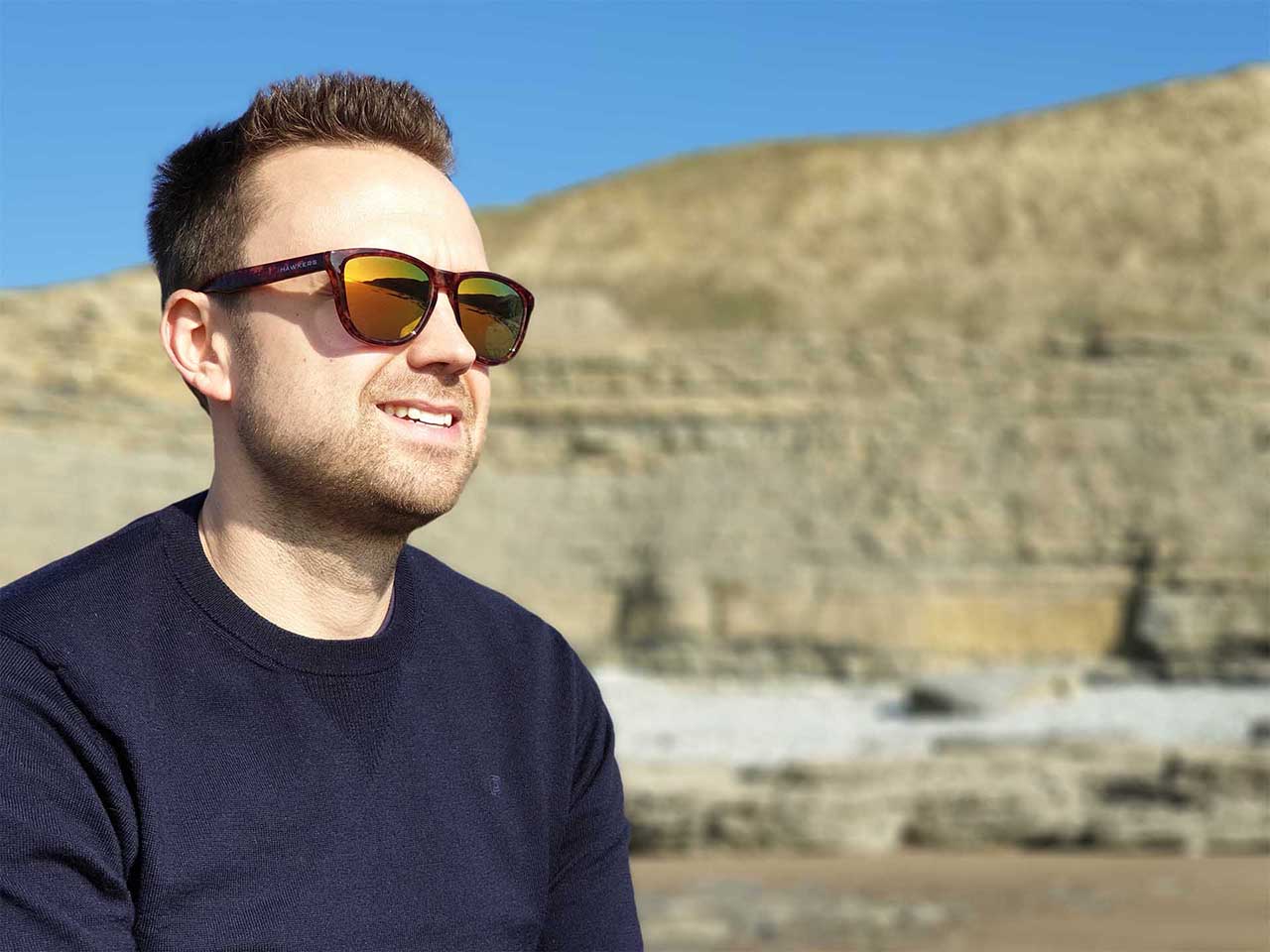
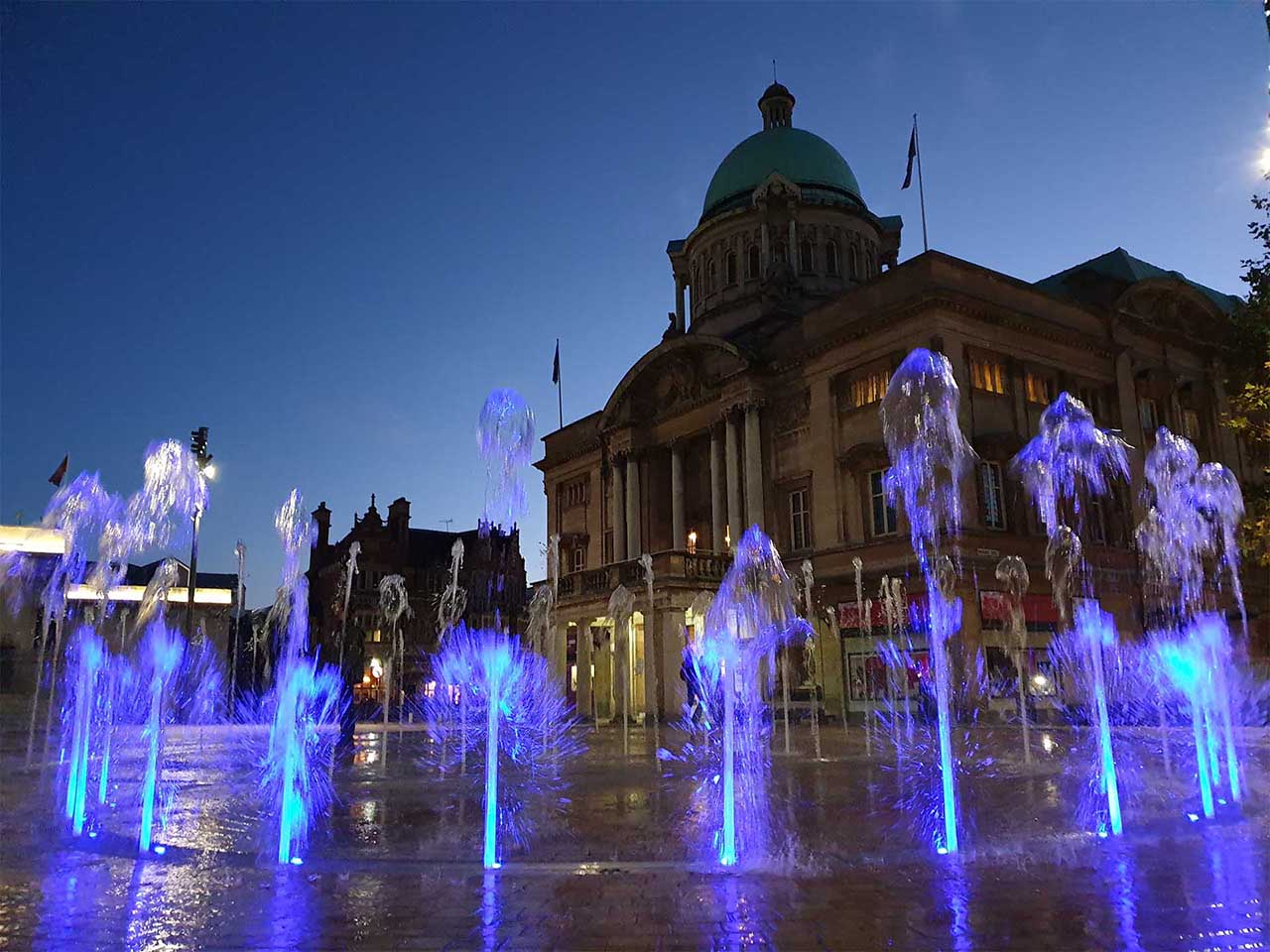
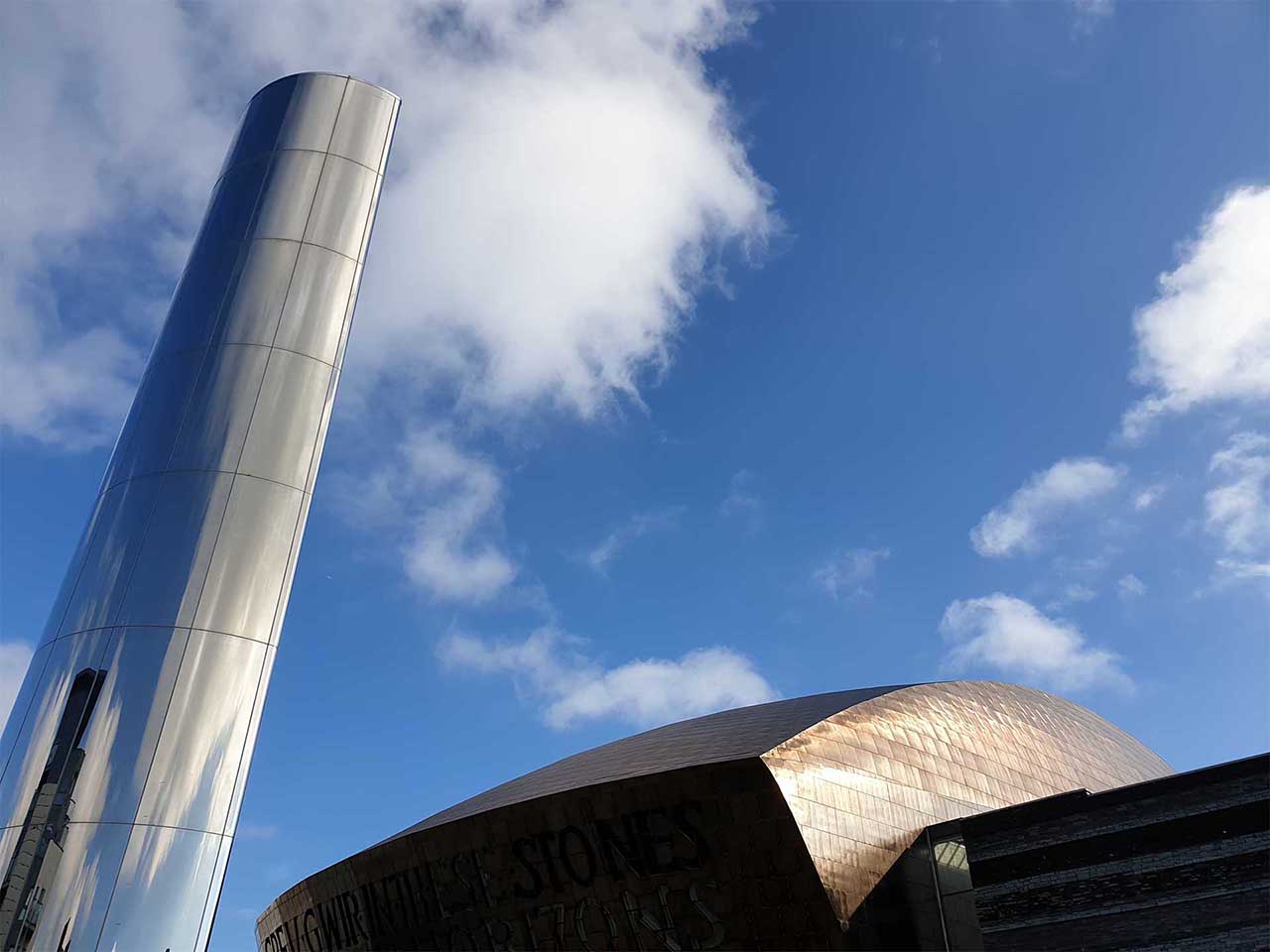

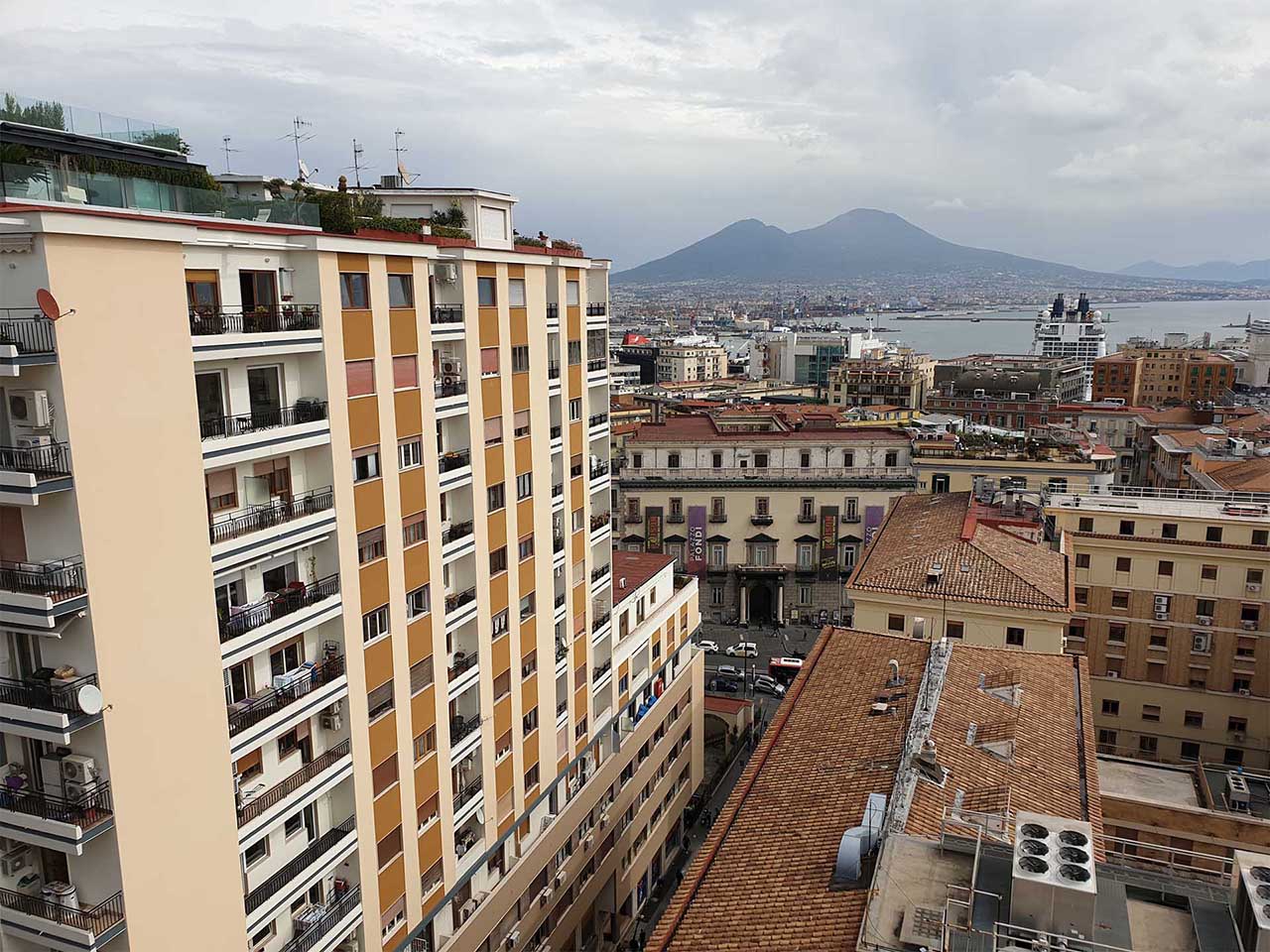
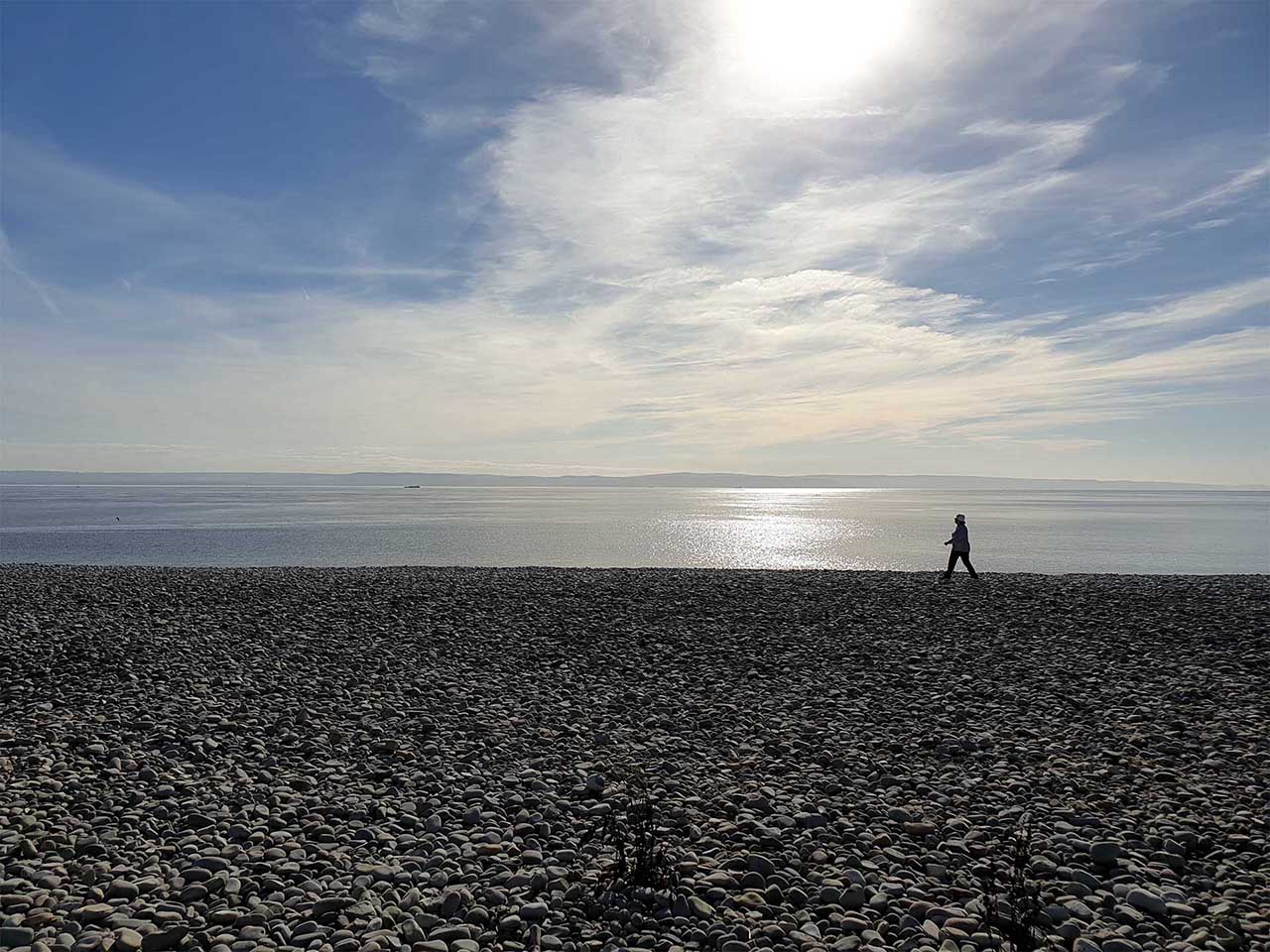

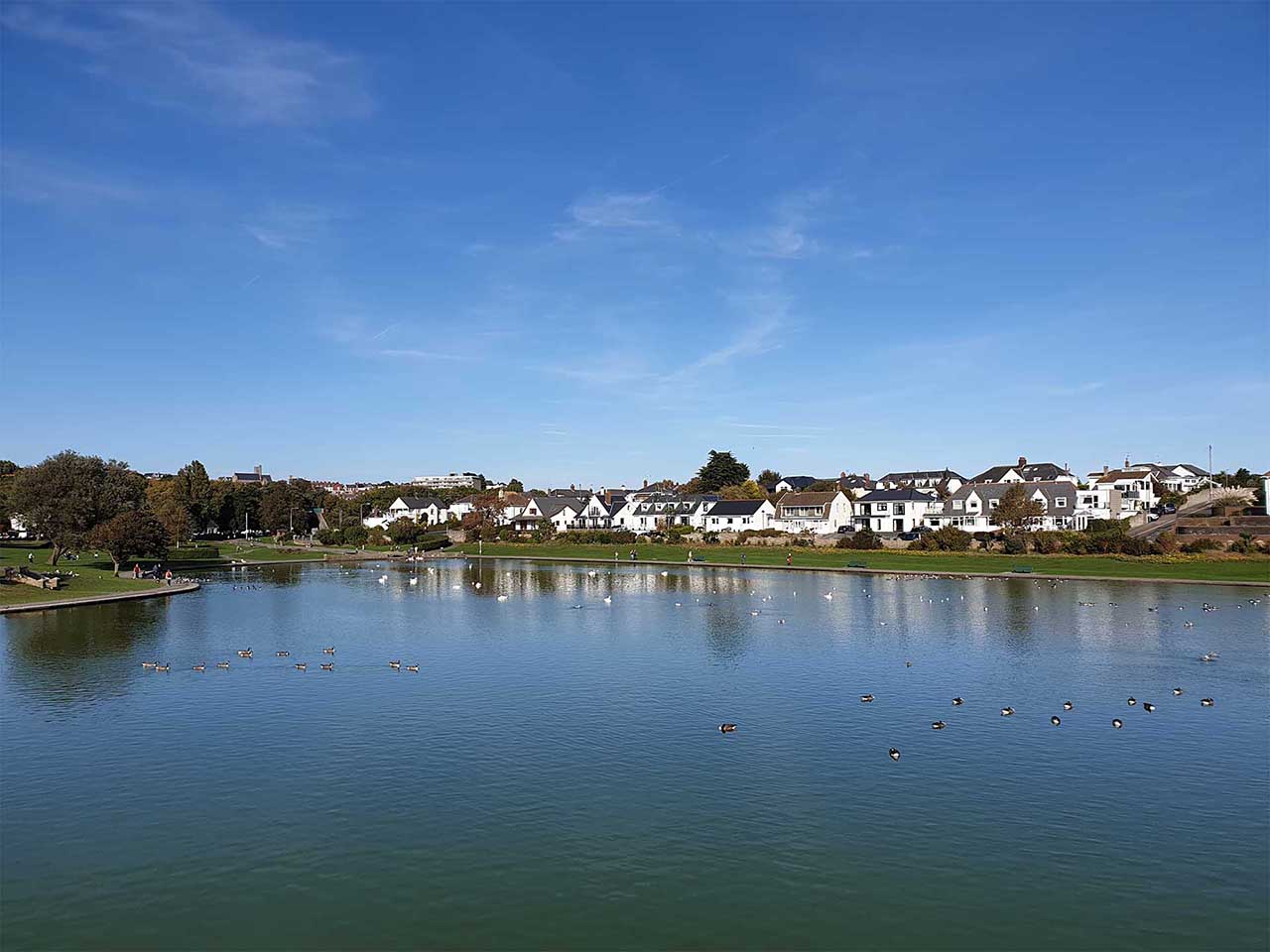
Verdict
The Note 9 may not be to everybody’s tastes owing to its extremely large size – but it has some very appealing photography credentials.
New software functionality – namely the flaw detection and the scene optimiser – bring a welcome addition to the already high-performing camera system we’d seen in the S9+.
Having a Stylus pen is also useful for a variety of reasons – particularly for taking selfies without having your hands (or arms) in the shot.
Overall, the camera produces some excellent results – but you certainly do pay the price for it. It may not be as expensive as an iPhone with the equivalent memory, but at £1,099 for a 512GB version, it’s certainly not a budget option either.
The fact that you can add an additional memory card for extra storage space helps to increase the value, though.
